machine vision systems for manufacturing
Increase production efficiency and tackle production CHALLENGES
Reduce defect claims
and boost your reputation
Lower production costs
by identifying problems early

Identify defect causes
by collecting data automatically
Technology partners
Measurement



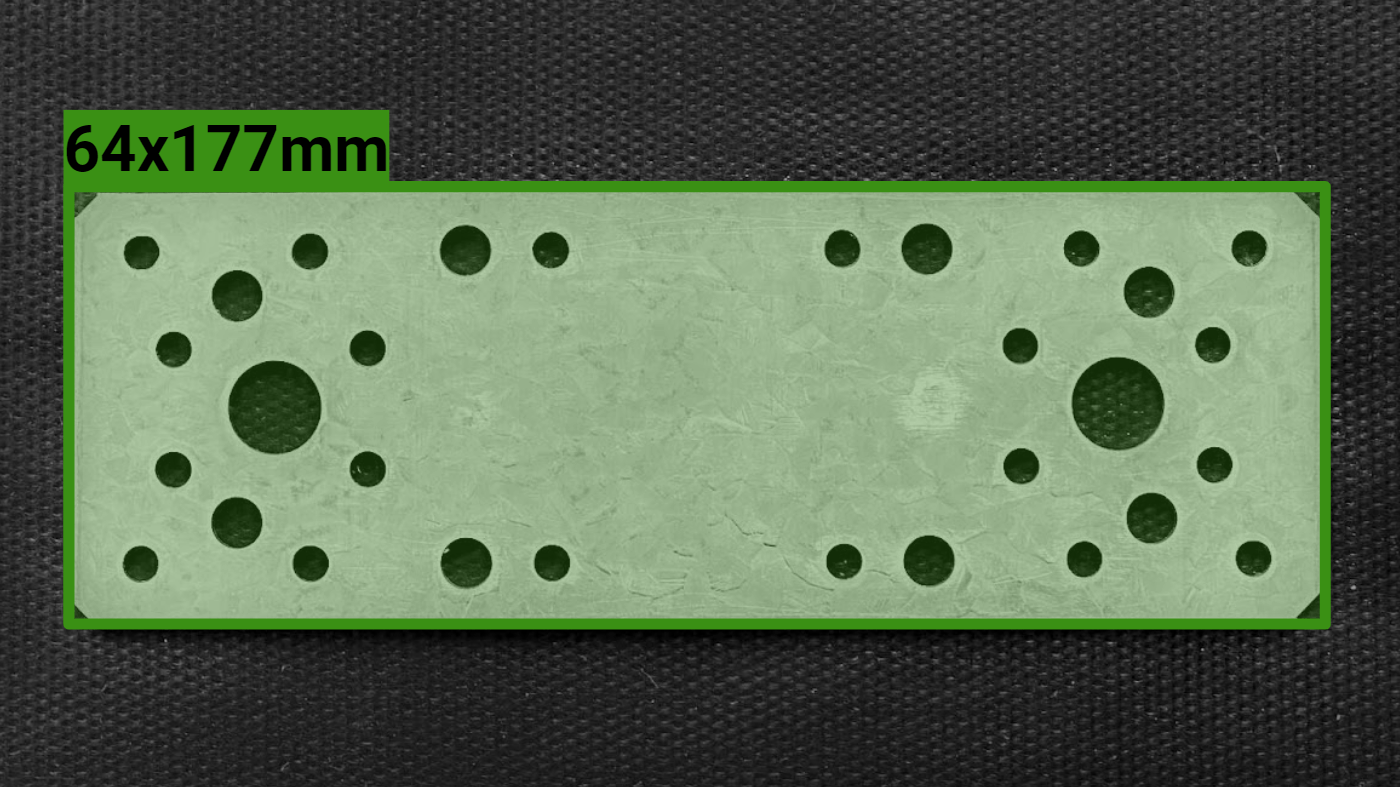

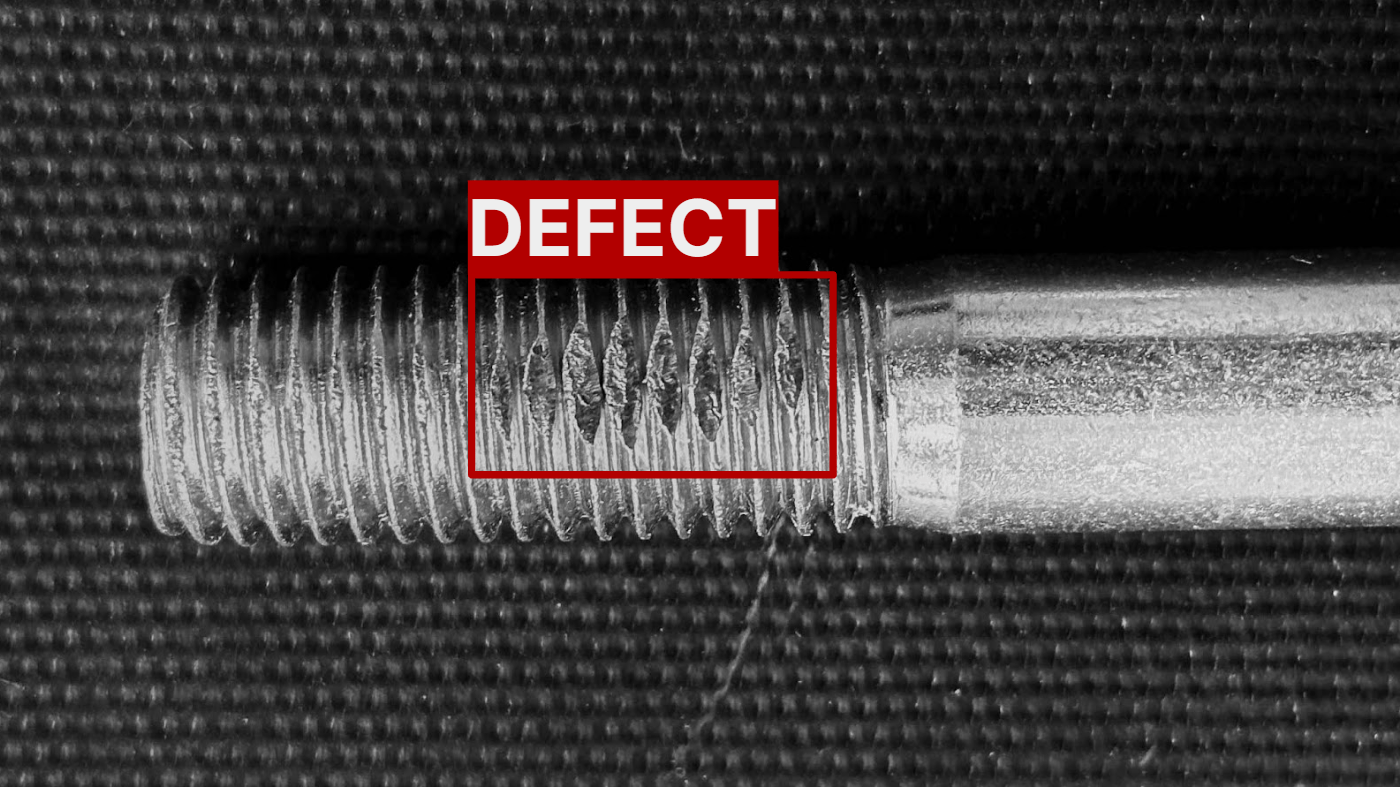


Inspection
Feature validation



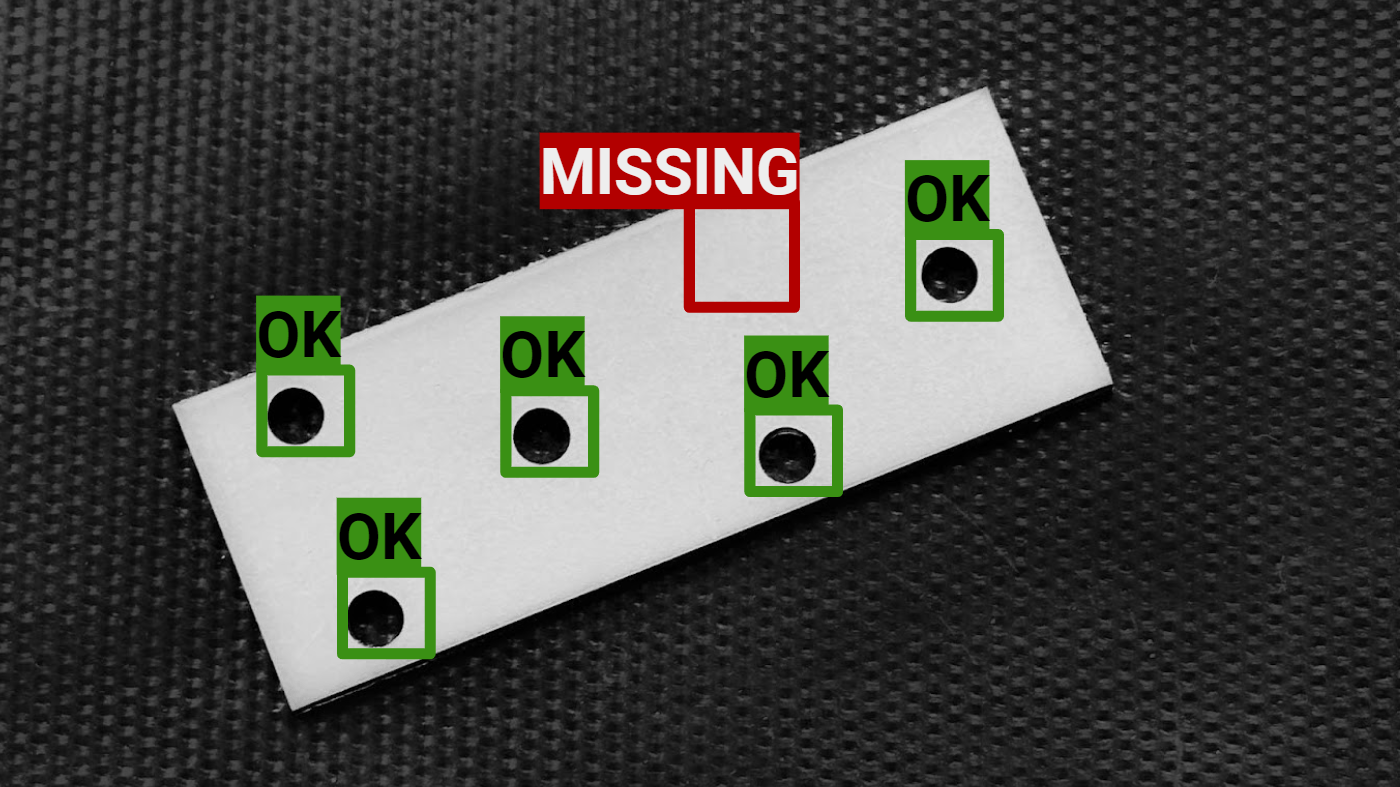

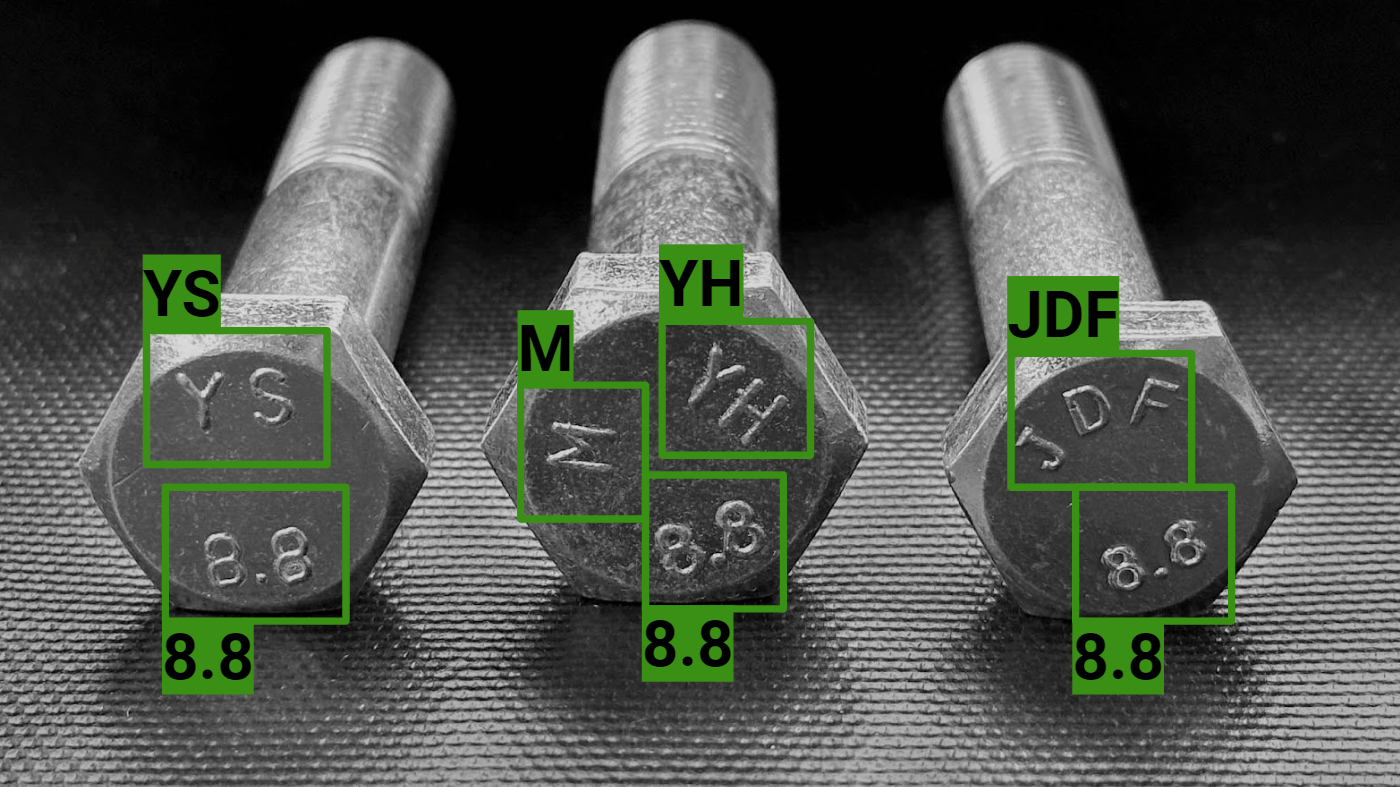

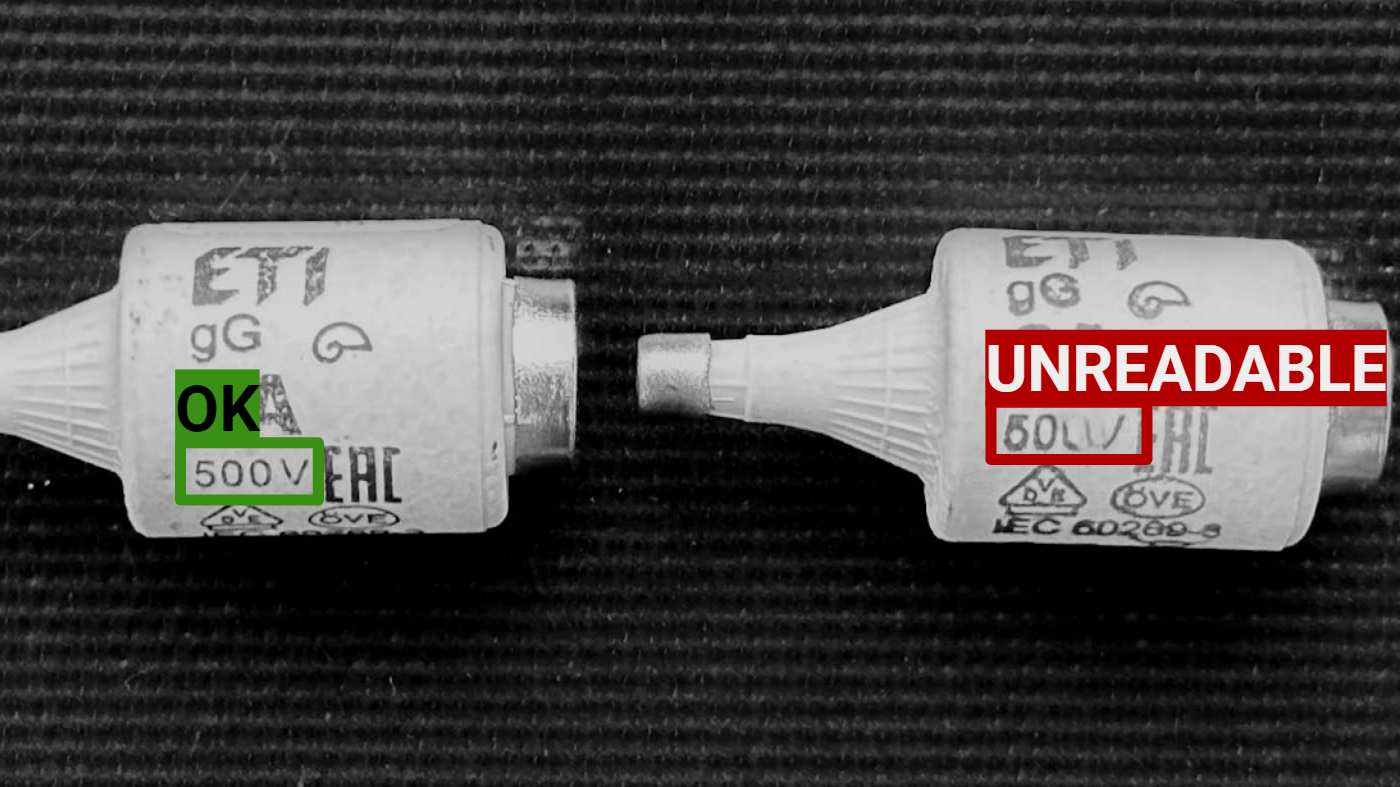
symbol validation
frequently asked questions
Why should you consider machine vision?
A vital part of manufacturing is making sure that the product that reaches customers matches the specifications.
Automated visual inspection (machine vision) is a proven and cost-effective technology to tackle many quality control challenges. It can be used in systems that automatically and in real-time perform inspection on every product leaving the production facility.
Implementing automated systems helps to detect missed defects caused by human errors, eliminates consecutively occurring defects, and collects reliable product information.
It works very well together with methodologies like Lean Manufacturing and can truly help manufacturers reduce defects that reach customers and build a reputation for outstanding quality.
P.S. Did you know that 92% of manufacturers have already implemented machine vision in at least one use case?
What are the main benefits?
From discussions with manufacturers, we have found that the main benefit of machine vision in production is increased productivity through the automation of manual visual inspection.
But there are often other important benefits:
- Fewer defects can lead to happier customers and a better reputation.
- Earlier problem identification can reduce waste and rework.
- Automatically and systematically collect information on defects helping identify and address causes.
How do machine vision systems work?
Automatic visual inspection systems consist of industrial cameras, lights, and computers, but often are also complemented by other sensors and lasers.
The system inspects the object or a specific area and then a specially developed algorithm then analyzes the image and based on set criteria determines whether a product is defective or not.
Such systems can:
- measure the objects both in 2D and 3D
- identify anomalies like scratches or corrosion
- validate whether the product has all the necessary features
- check whether all the markings are present
How to choose the right application?
As with any investment, it is very important to identify the expected return on it right at the beginning. And the payback of such systems depends on the chosen application.
In general, these systems tend to provide a larger return on investment in production facilities when:
more than one employee is performing quality inspection
missed defects can lead to customer claims and product recalls
automated production lines can produce many consecutive defects
it’s hard to identify and collect the underlying causes of defects
What is a typical payback period?
When considering all the costs associated with defects, most often these systems pay back themselves anywhere from 1 to 3 years depending on various factors, such as the chosen application and the number of production lines.
How accurate is machine vision?
Accuracy is what drives most manufacturers to implement machine vision solutions in their production. With lasers, it is possible to achieve measurement resolution up to 30 micrometres (0.03mm), but it depends on the application.
How long does installation take?
In most cases, the whole process from start to delivery takes between 3 and 6 months.
The timeline depends on:
- The number and types of defects
- The number of production lines
- Integration with existing systems and processes
Is regular maintenance required?
Machine vision systems are very stable and thus require very little maintenance, but we also provide full maintenance instructions and can also maintain them for you.